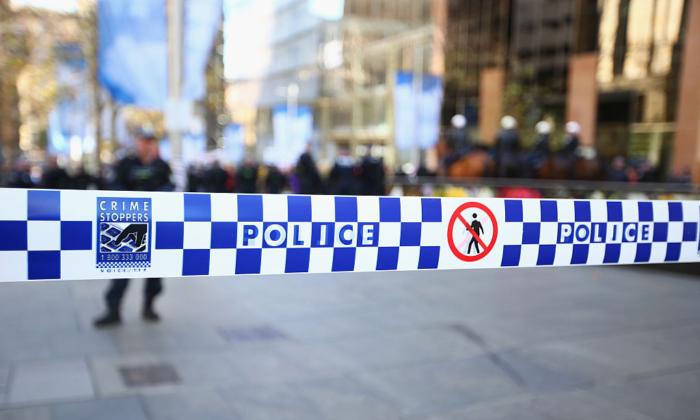Animals on Kangaroo Island have begun gathering their own food for the first time since the summer’s devastating bushfires decimated vast tracts of vegetation on the South Australian island.
High rainfall has led to rapid regrowth of native vegetation, allowing the RSPCA to scale-back its feeding program, which was launched four months ago.
Field Operations Manager Melanie Lambert is thankful for the work of landholders and volunteers, who have saved many animals at risk of starvation.
“It was shocking enough to see so many animals incinerated or suffering horrendous burns,” she said.
“But to then leave those animals that survived to fend for themselves in that bleak landscape was totally unacceptable to RSPCA.”
The organisation’s feeding program provides food for native wildlife and helps replenish the island’s damaged resources.
At its peak, 89 feeding stations were being maintained. The teams continue to replenish feed at 42 of the original stations.
“Every time we’ve deactivated a feeding station it’s been cause for celebration,” Lambert said.
The news comes as glossy-black cockatoo chicks have hatched, boosting hopes the species can be saved from extinction.
Kangaroo Island was estimated to have about 370 glossy black-cockatoos prior to the bushfires, with up to 75 percent living within the 210,000 hectare area that was burnt, sparking fears for the future of the species.
Staff from Natural Resources Kangaroo Island have discovered 23 chicks during nest inspections so far, including several in areas damaged by the bushfires.





